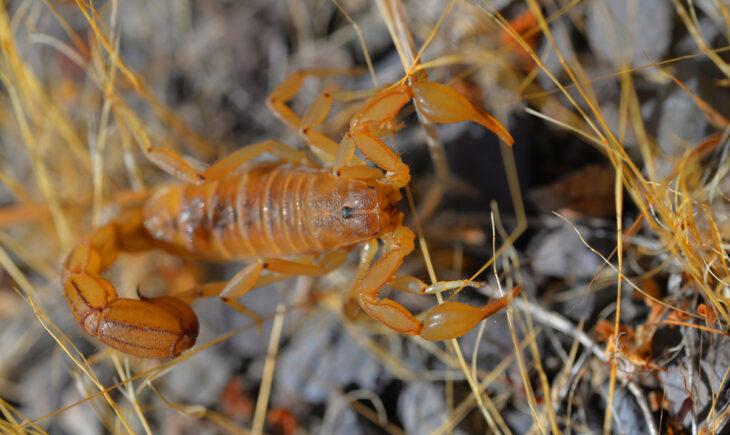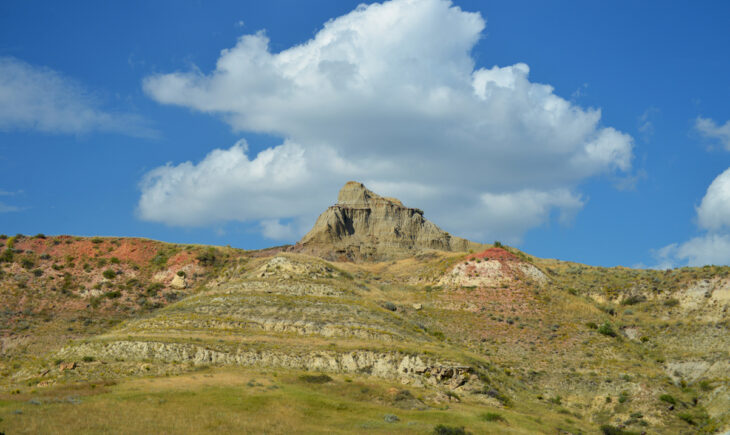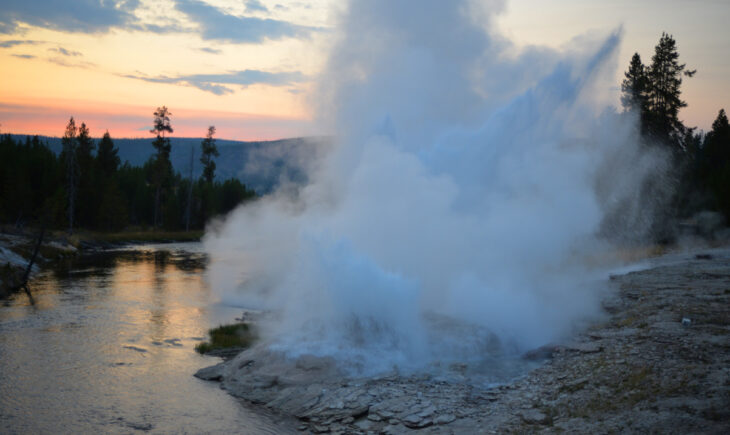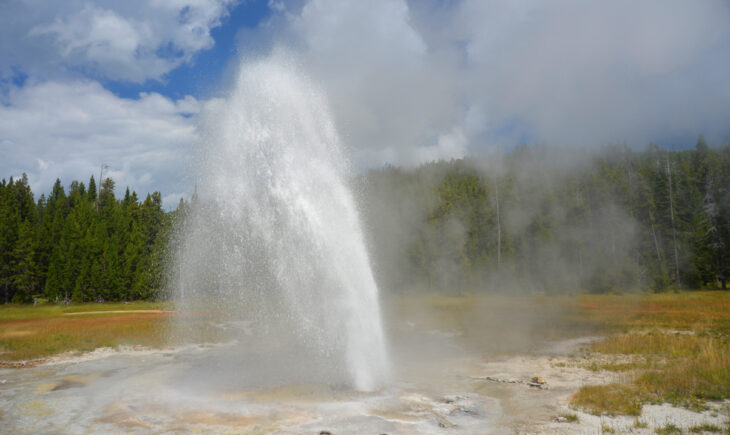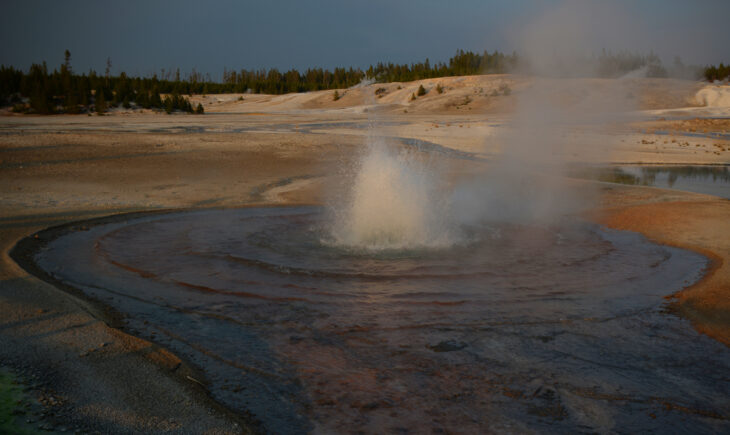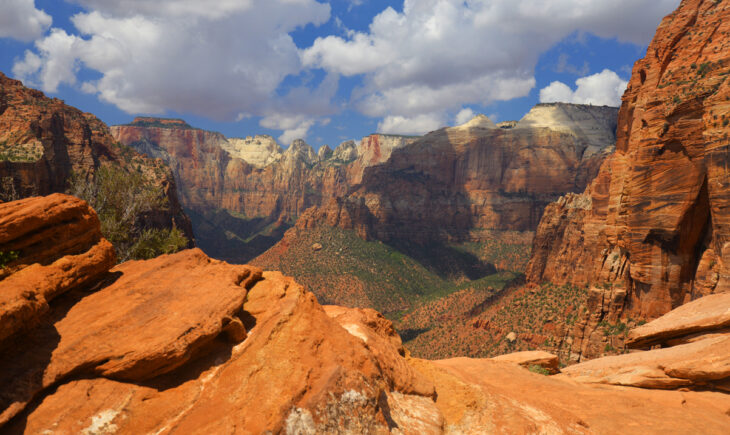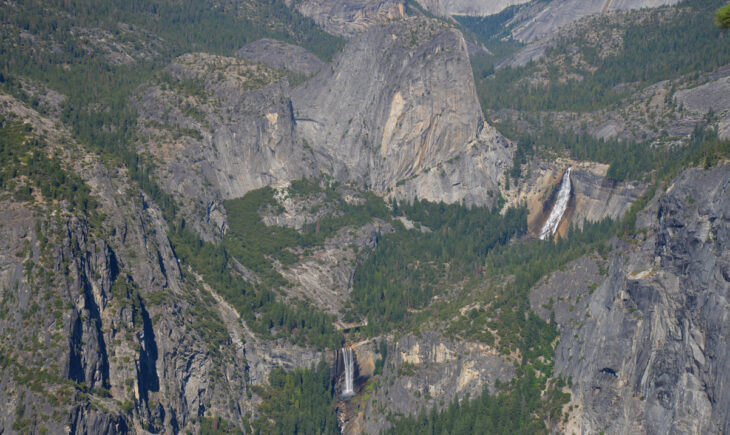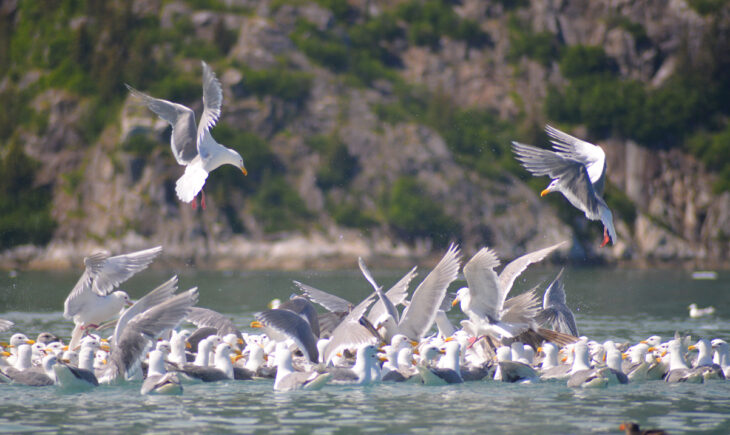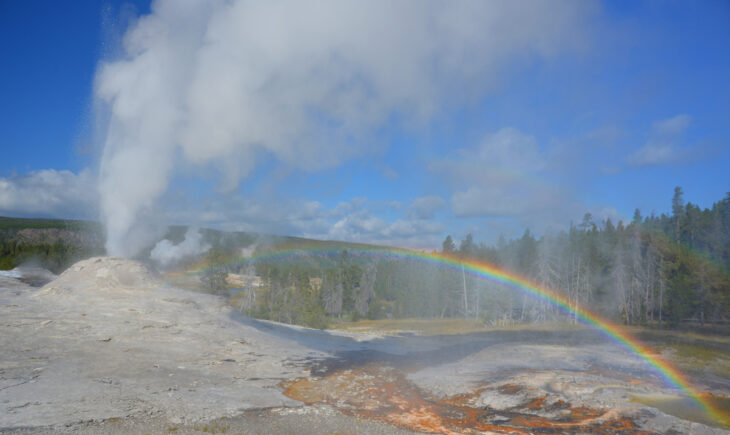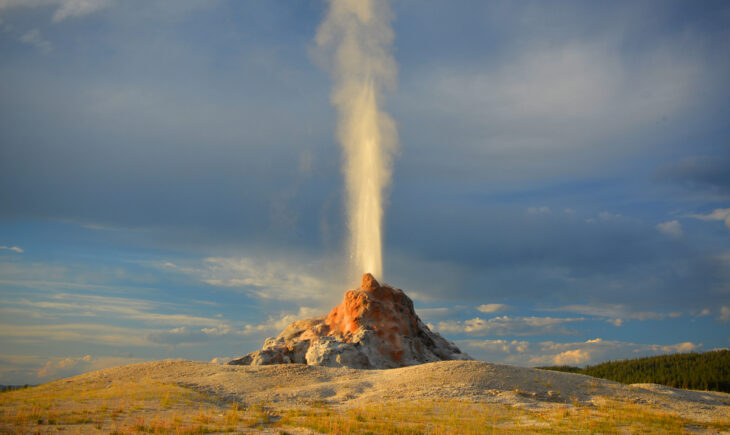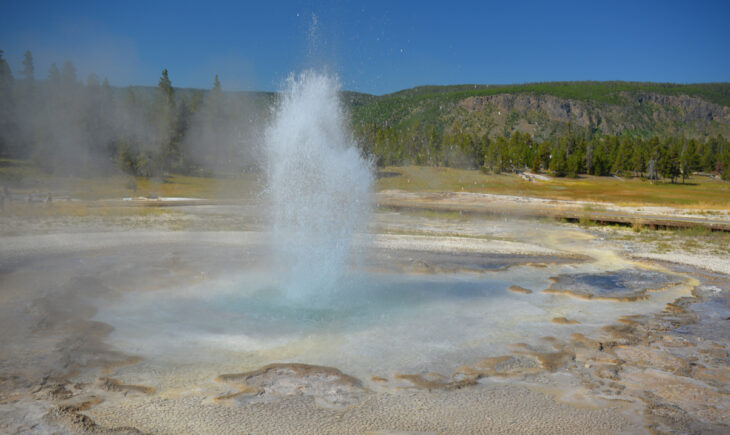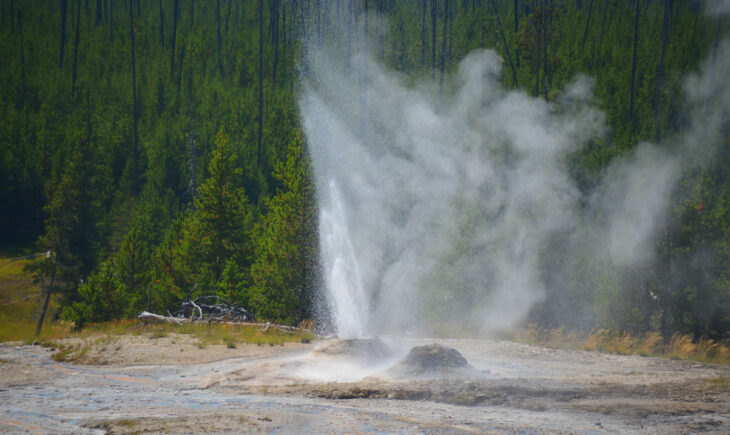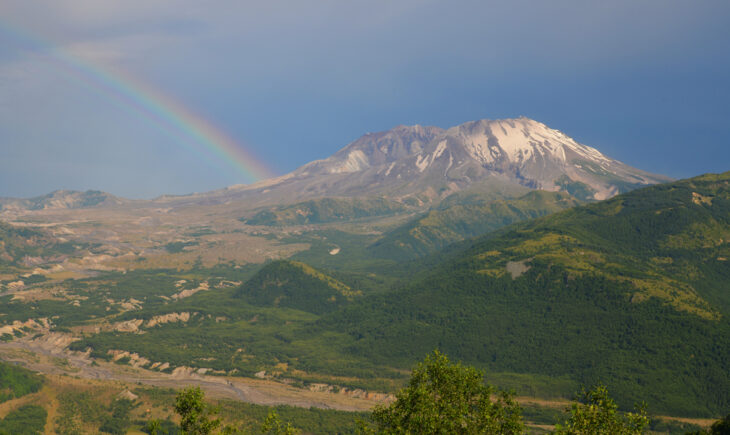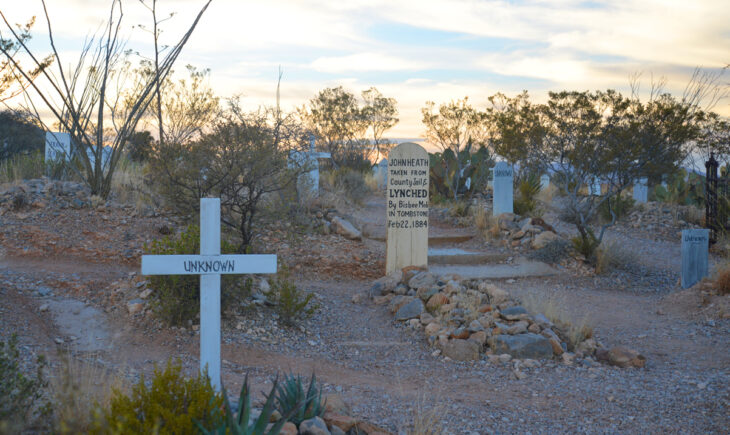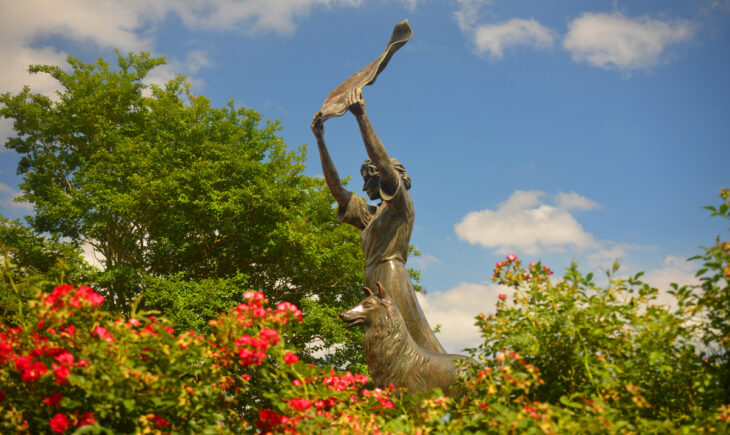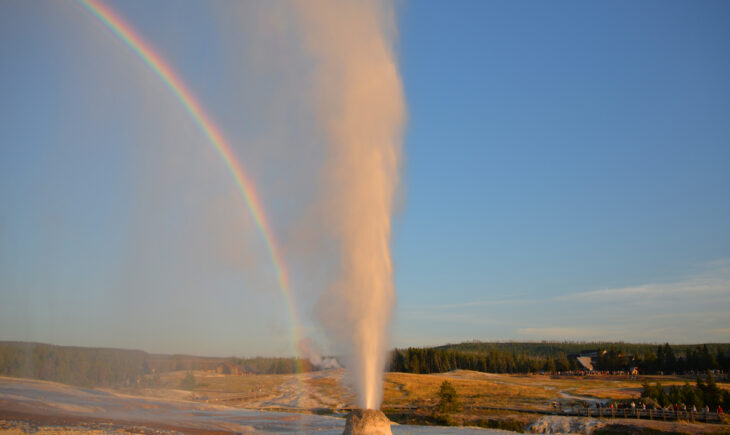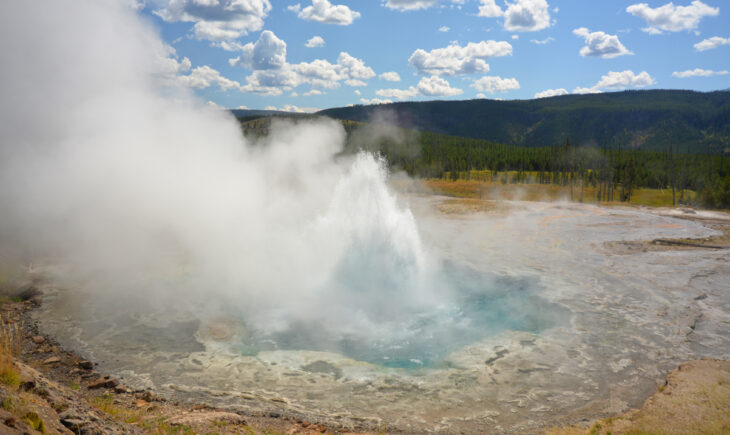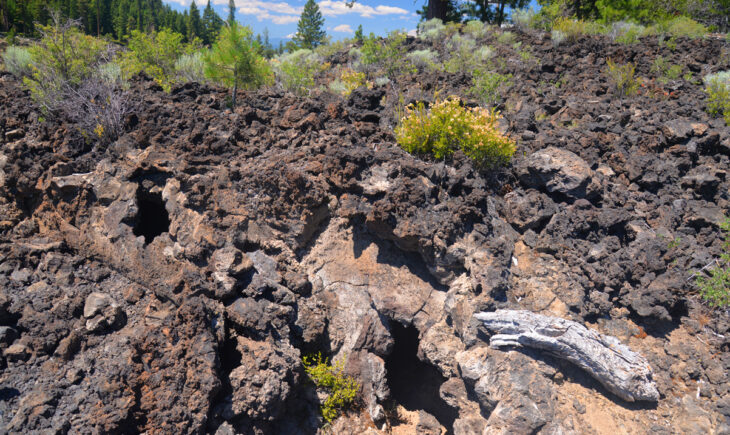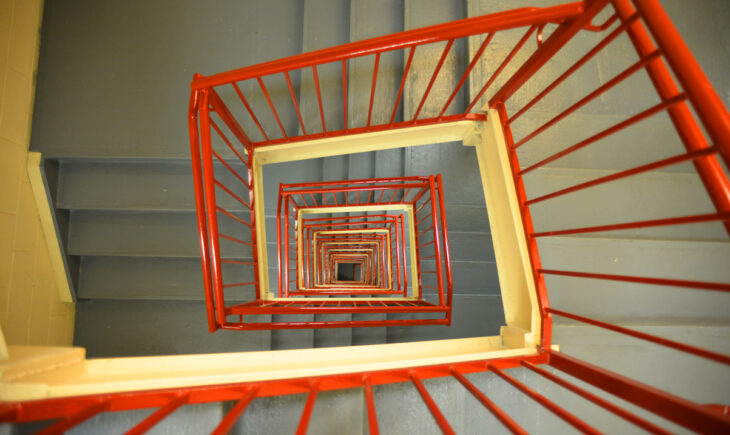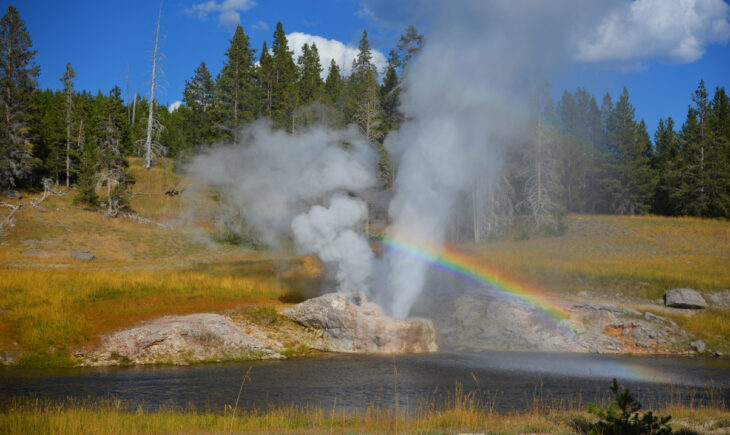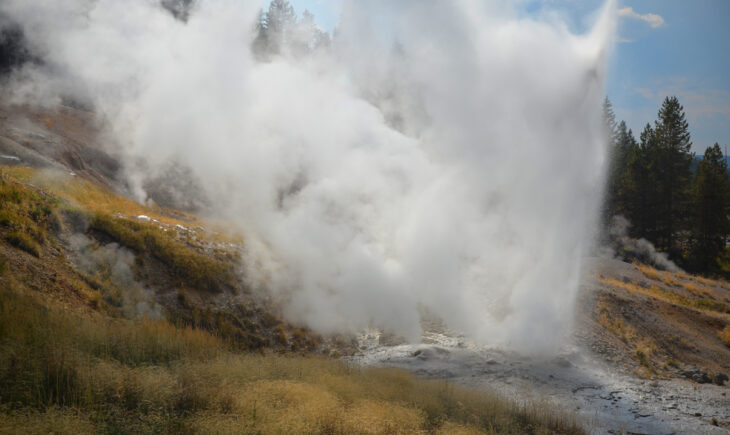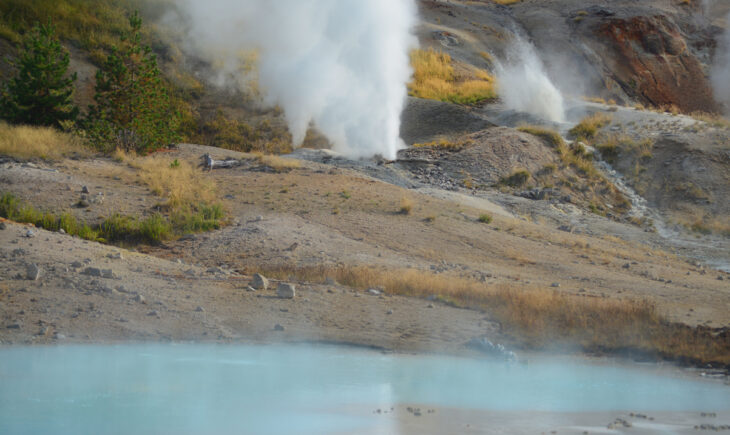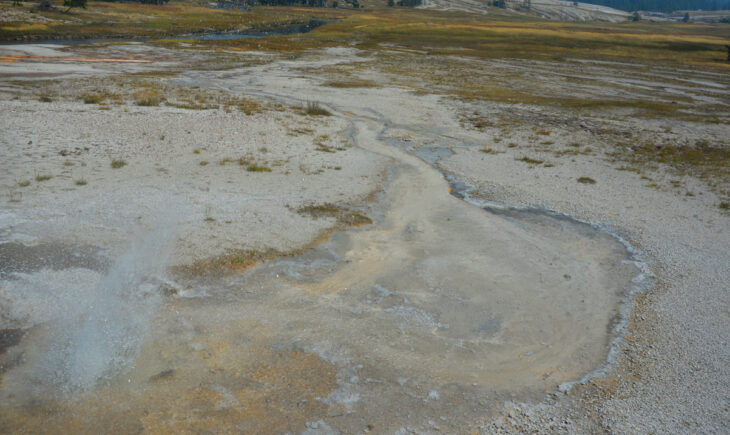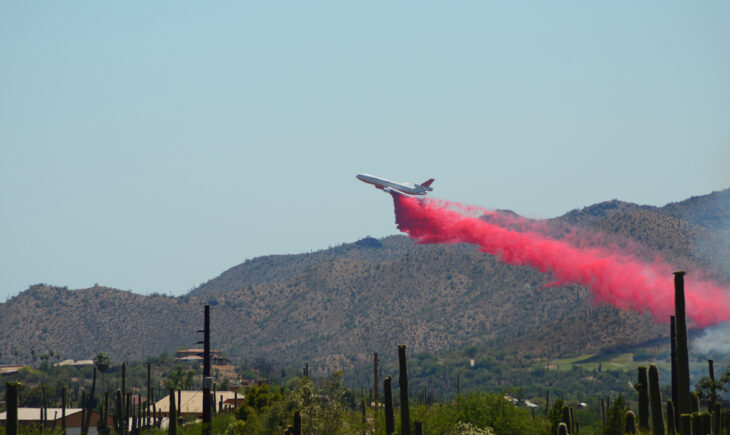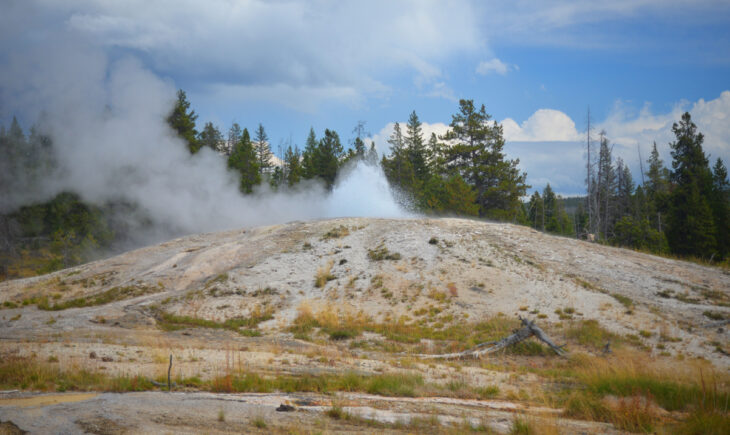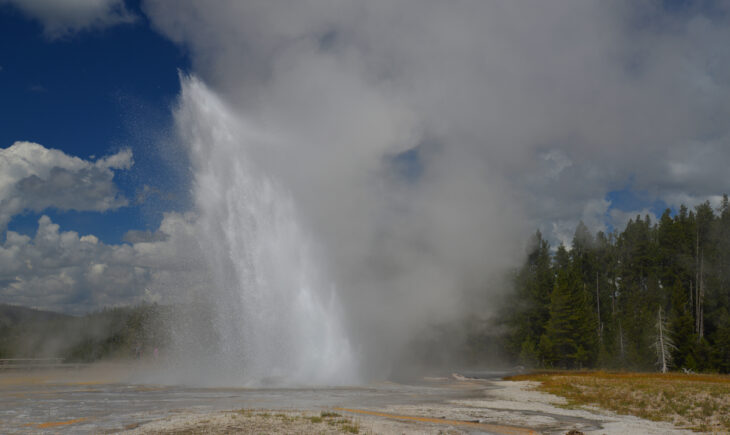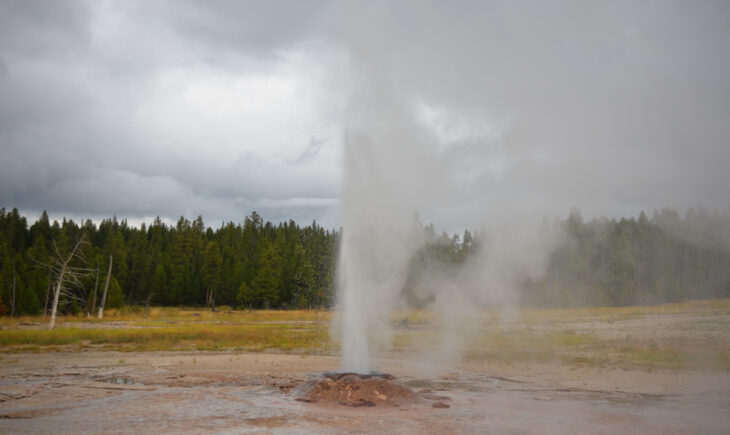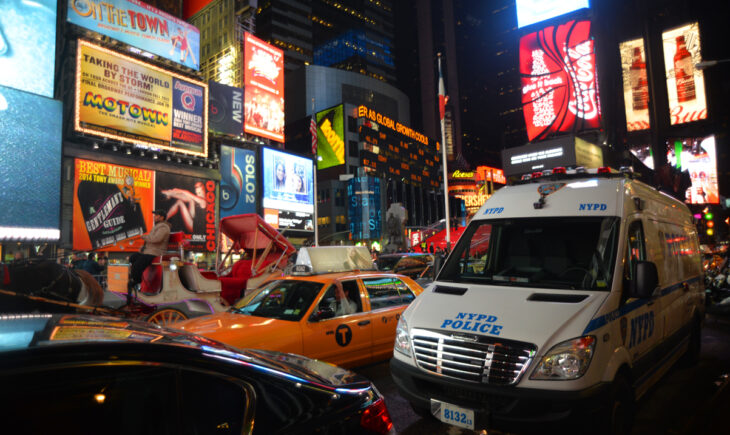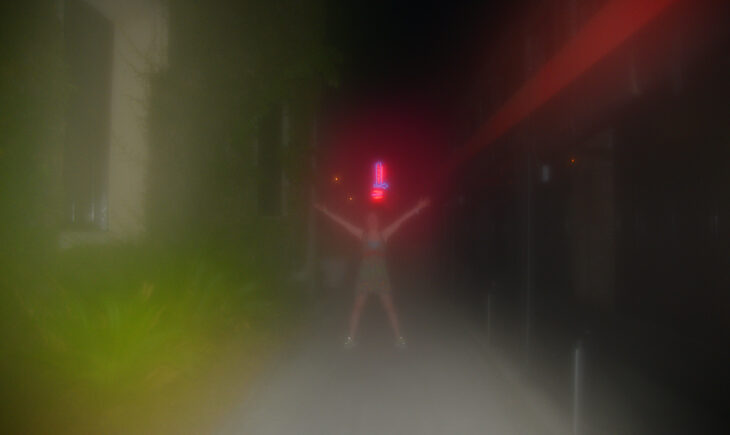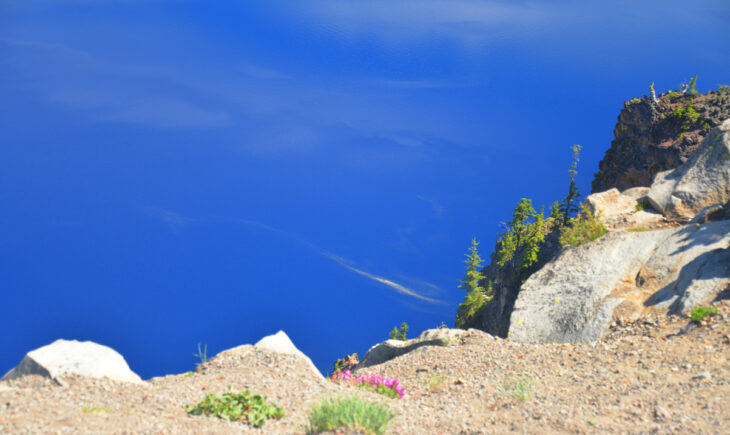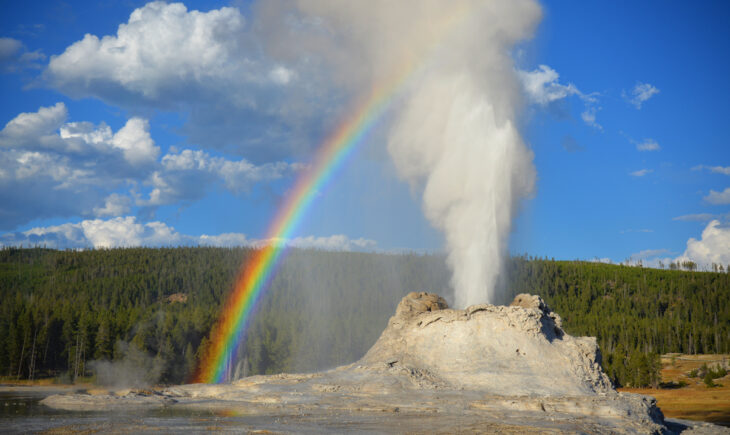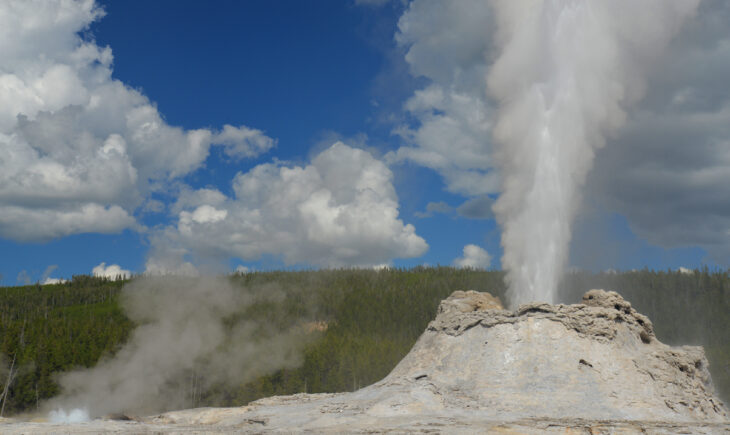Roasting hot lava rocks, jagged and menacing, rise out of the ground like spear tips of an army from the depths, ready to cut apart anyone who inadvertently falls among them. Everywhere around are needles, prickles, and thorns. Deadly powerful bolts strike down from above, bringing an explosion of light and sound. Gigantic hairy creatures, covered with eyes and enormous fangs, scamper across the landscape in search of others. Armored beasts hiss in the darkness from mouths full of gnarled and deadly poisonous teeth. Eight legged creatures grasp out with giant claws and enormous tails that end in an incredibly sharp stinger which can kill with one strike. There are the slithering serpents of all different colors, silently coiled in dark recesses, completely camouflaged among the terrain, with fangs that can deliver fatal poison in the blink of an eye. For almost two years, this was the daily reality for The Wild Images Team. This isn’t poetic symbolism for our life during a particularly dark time, though ironically this was during the COVID pandemic, nor is it our epic tale of a descent into the underworld. Instead this is an accurate description of our time spent in the Sonoran Desert, where we hiked daily for nearly two years straight. The hikes here are not for the faint of heart. Daytime temperatures often soar above 115 degrees Fahrenheit, sometimes even reaching up to or above 120 degrees Fahrenheit, baking the rocks and sand that have little shade cover in such a stark land. After the sun sets, the same rocks and sand emit the stored heat back to air, keeping the temperatures above 100 degrees Fahrenheit through the night. The high temperatures create massive updrafts that pull the minimal moisture into billowing cumulonimbus clouds, which flash with bolts of lightning and boom with thunder over the terrain. The surrounding landscape was once covered by active volcanoes. Now the extremely sharp lava rock stands in large veins covering over most ridges and along our trails. Sharp needles, prickles, and thorns cover nearly everything. And yet somehow, a large variety of wildlife eke out a living in such inhospitable conditions. Most are endemic only to desert land, and many are the stuff of nightmares: tarantulas, giant hairy spiders that measure six inches across; gila monsters, giant ten pound lizards with deadly poisonous teeth and a loud, unmistakable hiss; scorpions, with their eight legs, a pair of claws, and a tail tipped with a giant stinger that delivers deadly poison; and rattlesnakes of about fifteen different species, which can remain unseen among the rocks and vegetation, and yet can kill anything with just a single bite. During the heat of the day, most of these creatures remain under rocks or in ground nests, only emerging once the sun has set. And that is exactly the time when The Wild Images Team would head out into the Sonoran Desert. Yes, we encountered all of them on a daily basis with the exception of the extremely rare but deadly gila monster, which we only encountered three times. It is amazing how you become used to the fact that any step may find yourself standing next to or even face to face to a coiled rattlesnake (they are all deadly poisonous), which happened many, many times for us. Or to have tarantulas slowly amble next to you (they are harmless, just creepy), or scorpions (they are all poisonous, some are deadly) scurry into your feet, again a very common occurrence. Why did we do this then? For the amazing photo opportunities of course! The above image is a stripe-tailed scorpion. Measuring a moderate 3 inches long, they are not generally deadly to humans with their poison, but a sting is excruciatingly painful. We captured a beautiful sister image of this stripe-tailed scorpion, which is available for sale in our store. Then there are the deadly poisonous ones. No, not the largest ones. We will detail them in a future blog post. Actually the smallest ones, the bark scorpions. We took this incredible late night photo of bark scorpions glowing in the deep desert, also available for sale in our store. Nicely, we are happy to report we survived without being bit, stung, or struck. On the other hand, as for being pricked by needles, we long ago lost count. Ouch! The Wild Images Team has captured many other photos in Arizona, such as the colorful storm buildup in the painted desert, the stark view of an incredibly tall monsoon cloud over desert, the sky covering massive anvil cloud over the mountains, the isolation in the curtains of rain over the Navajo Nation, the deep red lightning scene in the Mazatzals, the moment Zeus throws a bolt over Cave Creek, the network of colorful bolts over the Sedona ridges, the rainfall created colorful dry wash in bloom, the dangerous stripe-tailed scorpion climbing plants, the deep desert late night glowing bark scorpions, the dynamic image of a honeybee on an exotic wildflower, the view of a hummingbird among the thick wildflowers, a lucky shot of a great horned owl roosting in mesquite tree, the evening view of an organ pipe cactus, the serene scene of ocotillos and saguaro cacti, the view from Bell Rock of scrub brush and phenomenally colorful cliffs, this precarious Wupatki box canyon dwelling, a look up at the very majestic Wukoki Pueblo ruins, a chance encounter with a thunderstorm through a Wukoki Pueblo window, and the spiny sharp glass sculpture with cacti, each of which are available for sale in our store. Our blog posts from Arizona have documented the close up of a large stripe-tailed scorpion, the animated behavior of a great horned owl, the nearly daily encounters with the multitude of rattlesnakes, the mysterious darkness created by a very prominent Alexander’s Band between two brilliant rainbows, the crazy late sunset when red rain fell over the Mazatzal Mountains, monsoon season forming rain curtains hanging in front of the sunset, the sunset moment when delicate rain curtains fell in front of a darkening sky, spring rainfall creating a colorful desert bloom in a dry wash, the dynamic view of a honeybee equipped with dual pollen baskets among the blooms, the red sunlit clouds with a rainbow over the foothills of Black Mountain, the massive spectacle of a giant spiderweb of lightning over Black Mountain, near Sedona where red cliffs are framed by cane chollas, the reddish glow of sunset lighting an organ pipe cactus, the precarious location of the cliff edge Box Canyon ruins, the strategic location of the majestic Montezuma Castle Sinagua dwellings, The Wild Images Team Coordinator Christina at a scenic Grand Canyon overlook, The Wild Images Team Coordinator Christina in front of the Wupatki Pueblo, The Wild Images Team Coordinator Christina at the Pima Air & Space Museum, Tombstone and the Original Bird Cage Theatre history, its interior eponymic Bird Cage balcony seats, its secretive hidden door beneath the stage, through which lies the underground hidden gambling room, next to a hidden room for a lady of the night, the OK Corral Morgan Earp, Doc Holliday, Virgil Earp and Wyatt Earp and their gun fight with Tom McClaury, Frank McClaury, and Billy Clanton, the Boothill Graveyard headstone of Lester Moore and the headstone of John Heath, the reflective multicolored boatload of glass, the mass of blue and white glass atop a wall, the lighted view of purple stem vegetation glass, the lighted view of red stem vegetation glass, the closer view of the textures and shapes of Chihuly glass, the overlook view of Comet Neowise with a saguaro, which was brightly shining over the town of Cave Creek, eventually with its bright green coma and tail, as it appears to drop down into a saguaro grove, the day when rare snow fell in the Sonoran Desert and covered Black Mountain in a white blanket, the weeks of a devastating large record setting Bush Fire that continuously raged through the Superstition Mountains, the day when the Aquila Fire burned through Desert Hills causing massive destruction to a few structures, the day that the East Desert Fire nearly burned into the Cave Creek area, and then two weeks later the day when the devastating Ocotillo Fire did burn down into and throughout the estates which were protected by spectacular firefighting around the town of Cave Creek leaving behind this iconic image.
To see more photos, please visit our store

